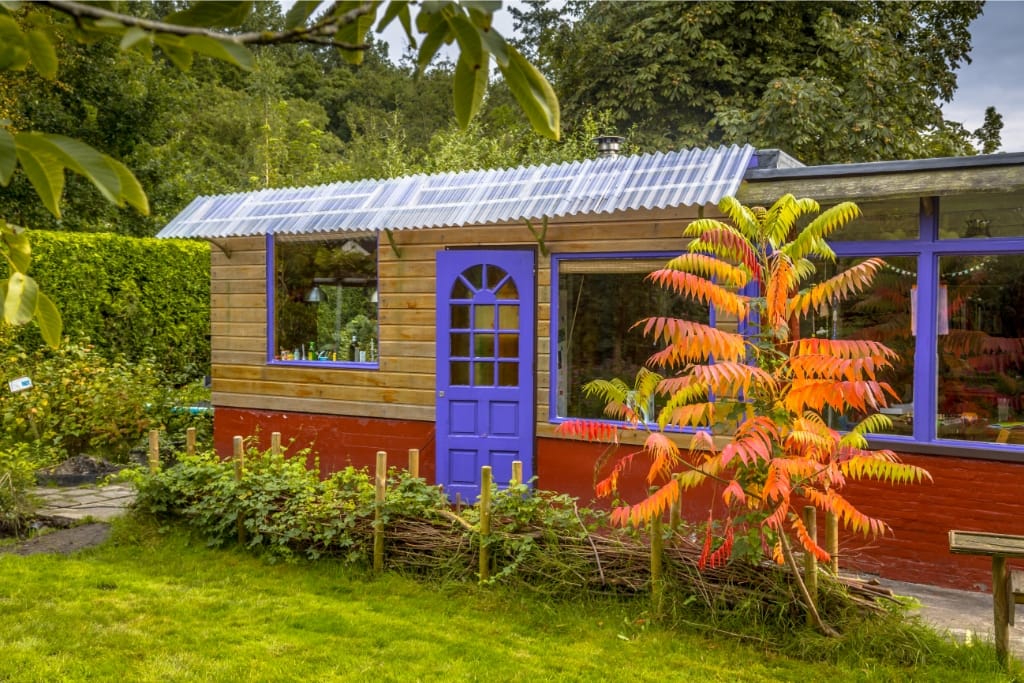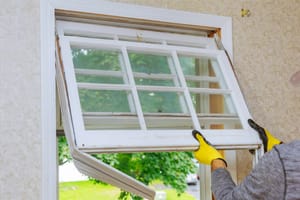As the demand for affordable housing rises, homeowners are increasingly turning to accessory dwelling units (ADUs) as a practical solution.
Known as granny flats or backyard cottages, these secondary dwellings provide additional living space and potential rental income without the need for major relocation.
However, while planning for an ADU, it's essential to consider its environmental footprint.
Thoughtful planning and sustainable practices can ensure that these units not only serve their intended purpose but also contribute positively to the environment.
Here are eight environmental considerations to keep in mind to make your ADU build more eco-friendly.
1)) Sustainable Materials
When constructing your ADU, opt for sustainable building materials such as reclaimed wood, recycled steel, and bamboo flooring.
These materials have a lower environmental impact compared to traditional materials and can help reduce your carbon footprint.
2)) Energy Efficiency
Incorporate energy-efficient features into your ADU design, such as LED lighting, double-pane windows, and high-efficiency appliances.
These upgrades can help lower energy consumption and reduce utility bills for both you and your tenants.
3)) Solar Panels
Consider installing solar panels on the roof of your ADU to generate clean renewable energy.
Solar panels can help offset electricity costs and reduce greenhouse gas emissions associated with traditional power sources.
4)) Rainwater Harvesting
Implement a rainwater harvesting system to collect and store rainwater for landscaping irrigation or toilet flushing in your ADU.
This sustainable practice can help conserve water resources and reduce reliance on municipal water supplies.
5)) Green Roof
Explore the option of installing a green roof on your ADU, which is a layer of vegetation planted on top of a waterproofing membrane.
Green roofs can provide insulation, improve air quality, absorb rainwater runoff, and create habitat for wildlife.
6)) Passive Design
Incorporate passive design strategies into your ADU build to maximize natural light and airflow while minimizing heating and cooling needs.
Features such as strategically placed windows, thermal mass materials, and shading devices can improve comfort levels and energy efficiency.
7)) Permeable Surfaces
Use permeable paving materials for driveways or walkways around your ADU to allow rainwater to infiltrate into the ground instead of contributing to stormwater runoff pollution.
Permeable surfaces can help prevent erosion, recharge groundwater supplies, and mitigate flooding risks.
8)) Native Landscaping
Choose native plants for landscaping around your ADU that are well-adapted to the local climate and require minimal water and maintenance inputs once established.
Native landscaping can enhance biodiversity, support pollinators, and create a beautiful outdoor environment for you and your tenants.
Conclusion
Integrating sustainable practices into your ADU build is not just an eco-friendly choice; it’s an investment in the future.
By using sustainable materials, optimizing energy efficiency, and incorporating green technologies such as solar panels and rainwater harvesting systems, you can significantly reduce your environmental impact.
Implementing passive design strategies and native landscaping enhances the livability and aesthetic appeal of your space while also promoting biodiversity.
Prioritizing permeable surfaces and green roofs can further contribute to stormwater management and habitat creation.
An environmentally conscious ADU build can lower operational costs, improve the health and comfort of its occupants, and foster a more resilient community.
Make sustainability a core component of your planning, and your ADU will stand as a testament to the power of thoughtful, eco-friendly design.
Download Our Free E-book!







